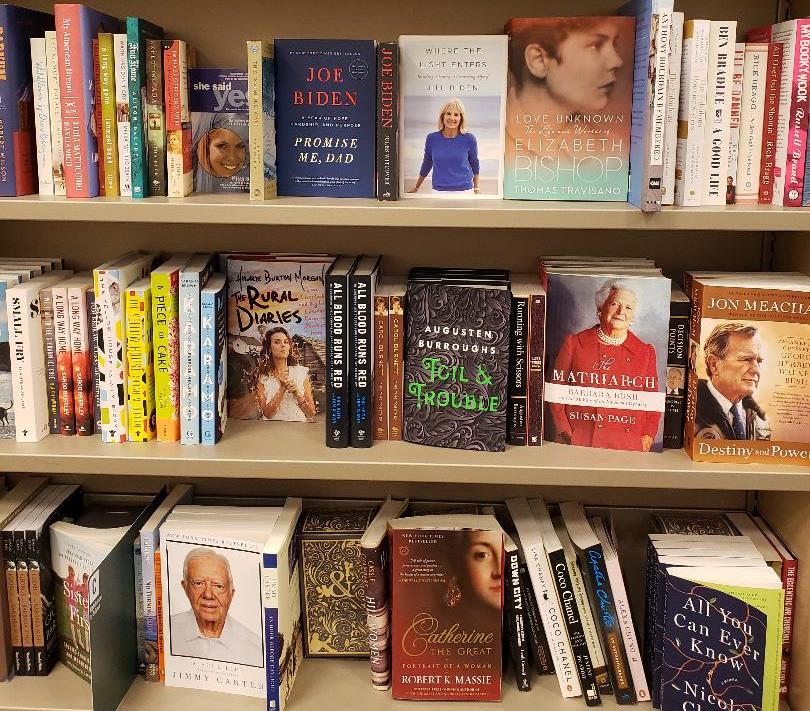
Some may have noticed a large number of biographies on my 2020 reading list. There’s a reason for that.
[conspiratorial whisper]
Here’s a little behind the scenes information: Writers need to also be readers.
You might be saying, “Of course, that makes perfect sense!”
I think it’s safe to say that most writers are readers. Most of us have been called to write because we spent so much of our lives reading the words of others. We recognize how valuable words are. We love the way individual letters can be put together to make words that can then be strung together to form thoughts and ideas to be shared with other people, who may relate to what we have written and may even experience strong emotions. As writers, we are word people. And of course in a material sense, writers need readers. Without readers, our writings just sit there, unused.
But that’s not what I am talking about here. Writers need to be constant readers and reading is sometimes part of the job. Writers who want to be published need to know what other people are writing about. They need to know what readers are looking for. They need to know what stories are currently selling.
Writers also need to be marketers. Writers are the only ones who know the details of their stories, the only ones who know what message they want their readers to receive, the only ones who really have a vested interest in their work selling.
Back to the reading list.
As noted, last year I read a lot of biographies. I read more biographies than usual last year because I am writing a biography. And what many people might not realize is that in order to convince a publisher to make your book a reality, a writer first must write a book proposal. This proposal of course includes details about your book, but also requires you to list “comps” – other books that are similar to yours, that might inhabit the same shelf space at the bookstore and possibly be competition for your title. While I suppose I could simply go to the bookstore and make a list of the books on the biography shelves, what’s the fun in that, when I could instead read them all! (I jest, there are too many to read them all, and if you want to be taken seriously, you do in fact need to show that you have read your comps.)
Book publishers want to see current books, and on my first bookstore visit to find relevant comps, nothing really seemed similar enough. While my book tells the story of a notable individual, it also covers the specific topics of education and children’s literature. I was disappointed to not find the perfect book, but not wanting to go home empty-handed, I selected biographies on people that interested me and began reading.
As often happens, one good story led to another. I began seeing recommendations and ads for biographies that more closely fit what I was looking for. I soon learned that there were many more fascinating people in the world than I had realized. I also noted that I had begun reading as a writer.
Let me explain that.
I’ve never been the sort of writer that focuses on the story elements we all learned in high school. You might remember learned about setting, character, plot, theme, and conflict. You may remember analyzing stories and having to pick out the introduction, rising action, the climax, the denouement. My English teachers suggested that writers start with these, but I’ve always been a more intuitive writer (a result, I believe, of being an avid reader all my life). In fact, I am incapable of writing an outline before the story. Even in school, I had to write the story before I could outline it, often because I don’t always know exactly what I’m writing about until it’s already been (at least partially) written.
But while reading these books, I found myself noticing things that I felt worked (and maybe didn’t work) in the stories. Some of these things were subjective and matched my personal interests. I made mental (and a few scribbled) notes of things I want to include in my book as well as what information may not be of enough interest to readers to bother including.
Storytelling techniques jumped out at me. I noted as a reader that I want more than a timeline, even one filled in with lots of details. As a writer, I know it’s easy to get bogged down in the research, especially when everything seems interesting and relevant. The question therefore is “Does this information contribute to the story you are telling?”
This storytelling is ultimately the author’s job. While a biography must be a true story, it need not be the whole story. In fact, in most cases, the whole story is too long and honestly at times, uninteresting. I found this revelation reassuring; it removes the pressure to tell “the whole story” and makes it easier to determine when to stop researching. (Full disclosure: I struggle with this – the end to research makes me a little sad.)
Noticing that I was noticing these things made me pause. While I wasn’t enjoying the books any less (as often happens when you read to analyze rather than for pleasure), I was reading differently. I was learning: how to be a better writer and how to determine which stories make the book and which end up in the slush folder. (I have a tough time permanently deleting words/sentences/paragraphs that sound good, so they end up in their own folder and sometimes end up being pulled out for other, related stories.) It got me thinking about what threads will weave through my own book and what steps I need to take next.
While I’m keeping details under wraps for now, I’ll be sharing more here in the future. Until then, I hope you enjoy my reading recommendations – there are more coming.
~Kimberly
For those who are wondering, my novel hasn’t been abandoned -it’s being revised, with the help of my wonderful new critique group. I’ll keep you posted on that one as well.

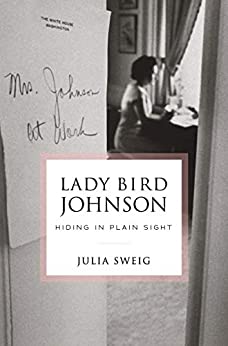
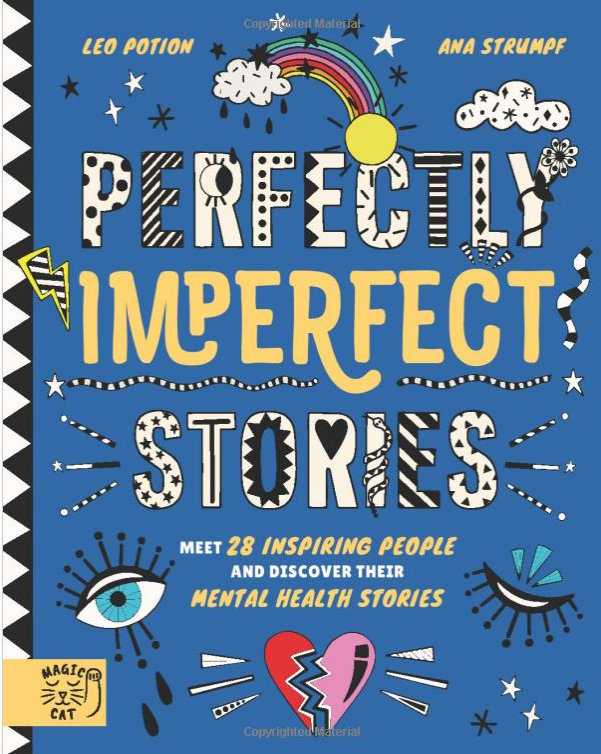
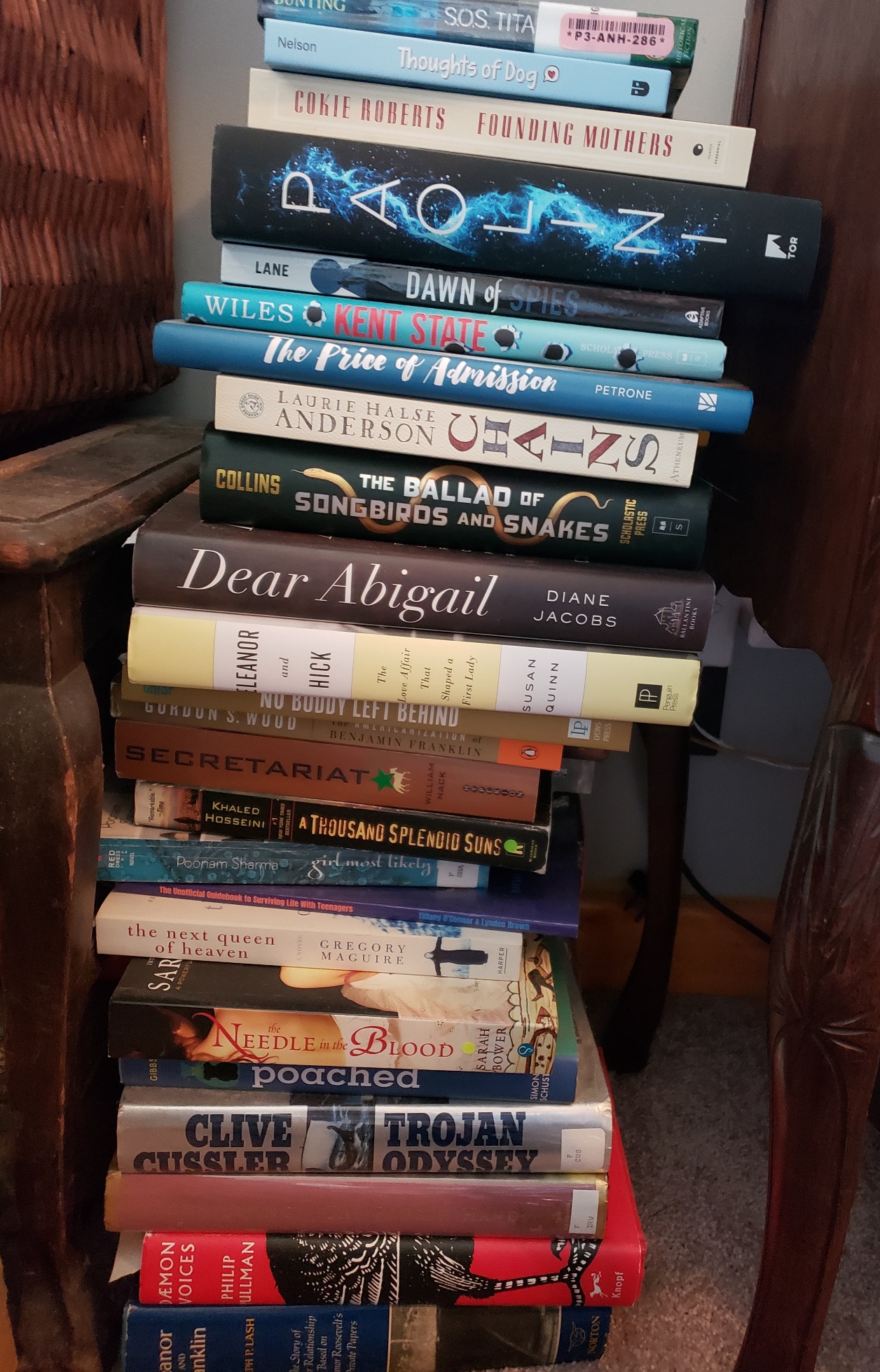
 As many of us often do, I’m ending the year reflecting. This year in particular has been a challenging one to look at in review. As has been the case much of this year, I haven’t always been able to quickly recall what I did yesterday, never mind months ago. Though I don’t do this every year, I decided to review what I have written in 2020, which appears to be not much.
As many of us often do, I’m ending the year reflecting. This year in particular has been a challenging one to look at in review. As has been the case much of this year, I haven’t always been able to quickly recall what I did yesterday, never mind months ago. Though I don’t do this every year, I decided to review what I have written in 2020, which appears to be not much.
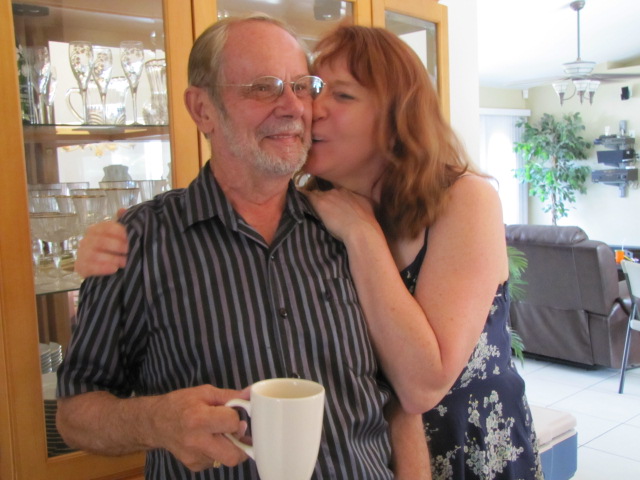
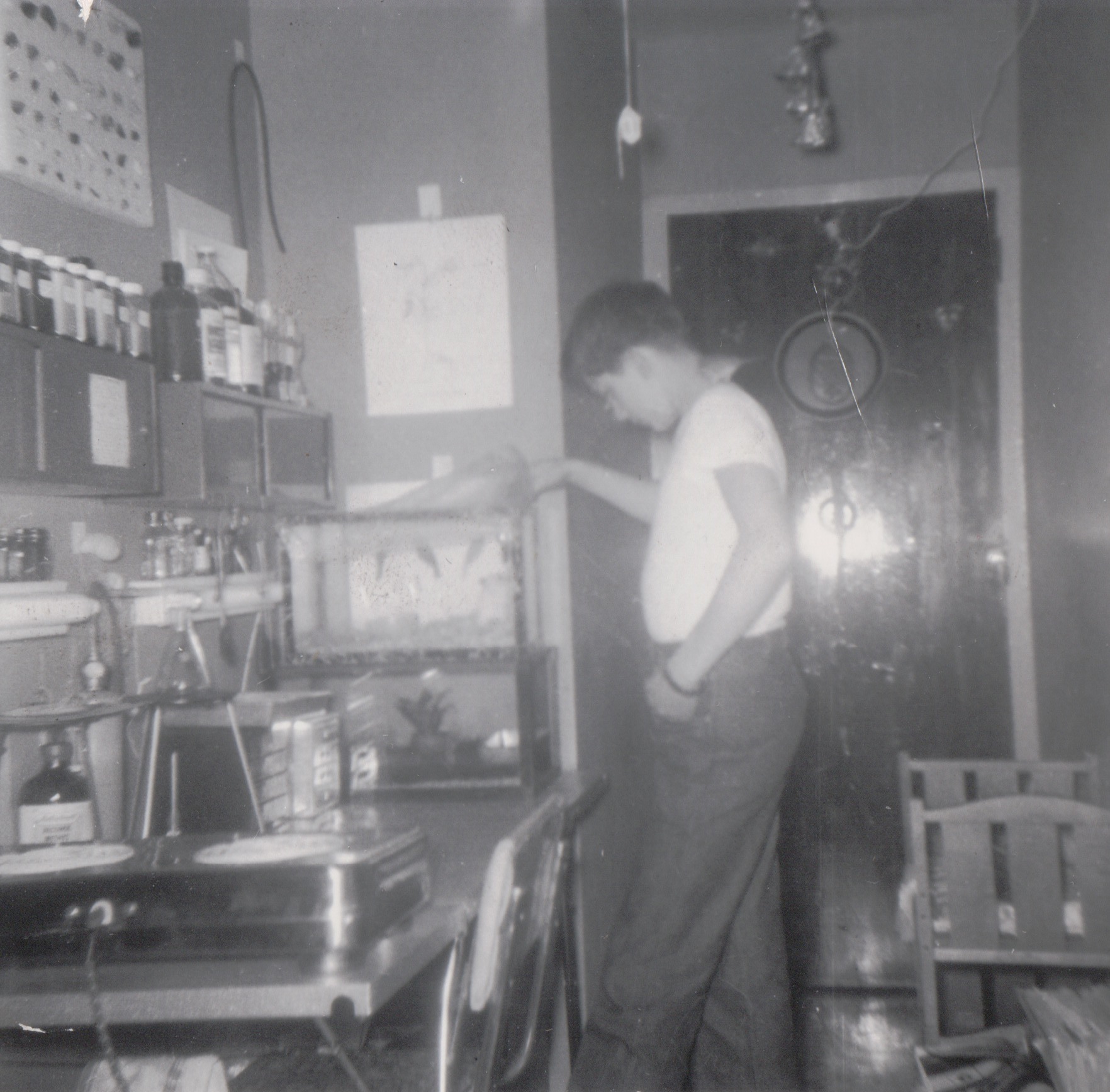
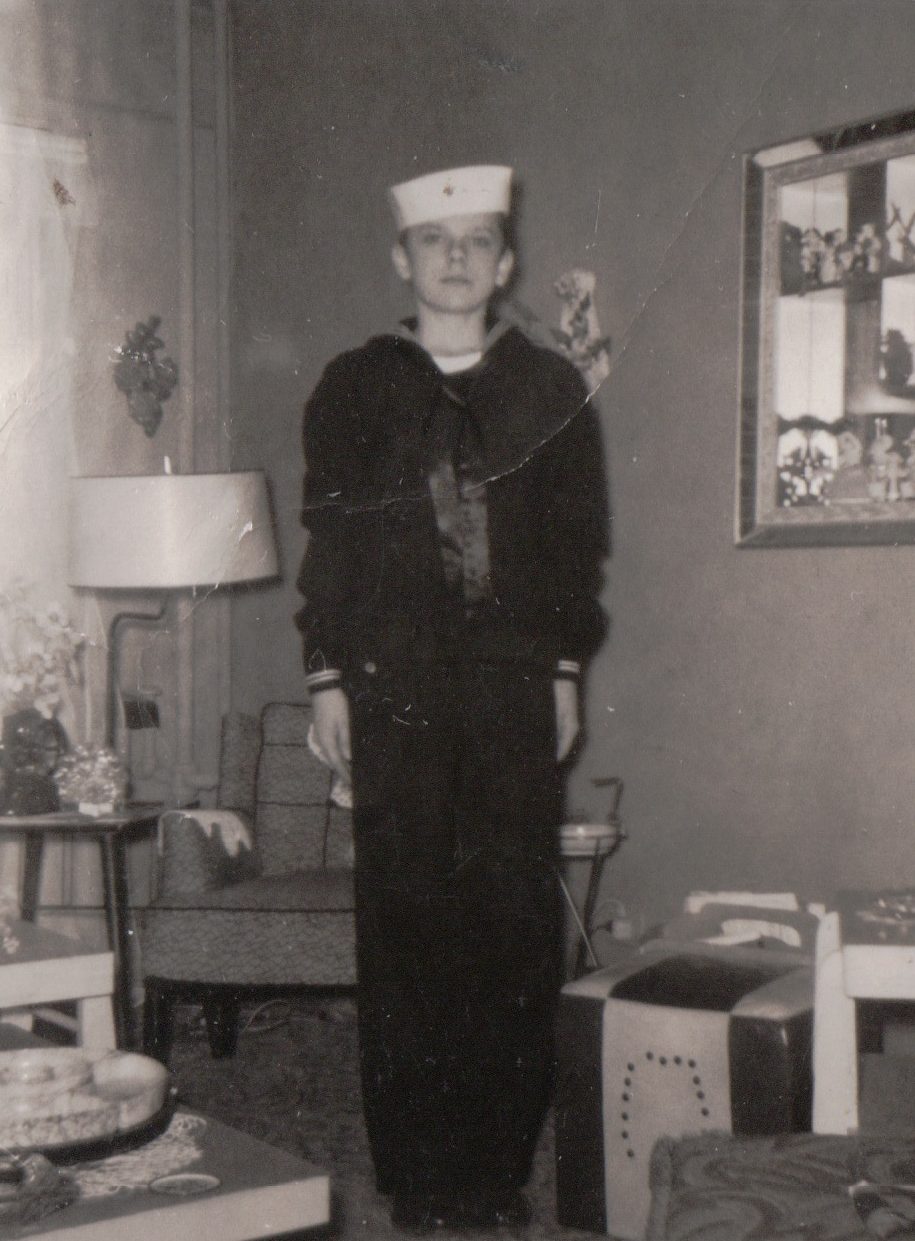
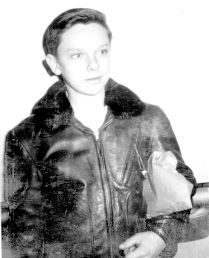
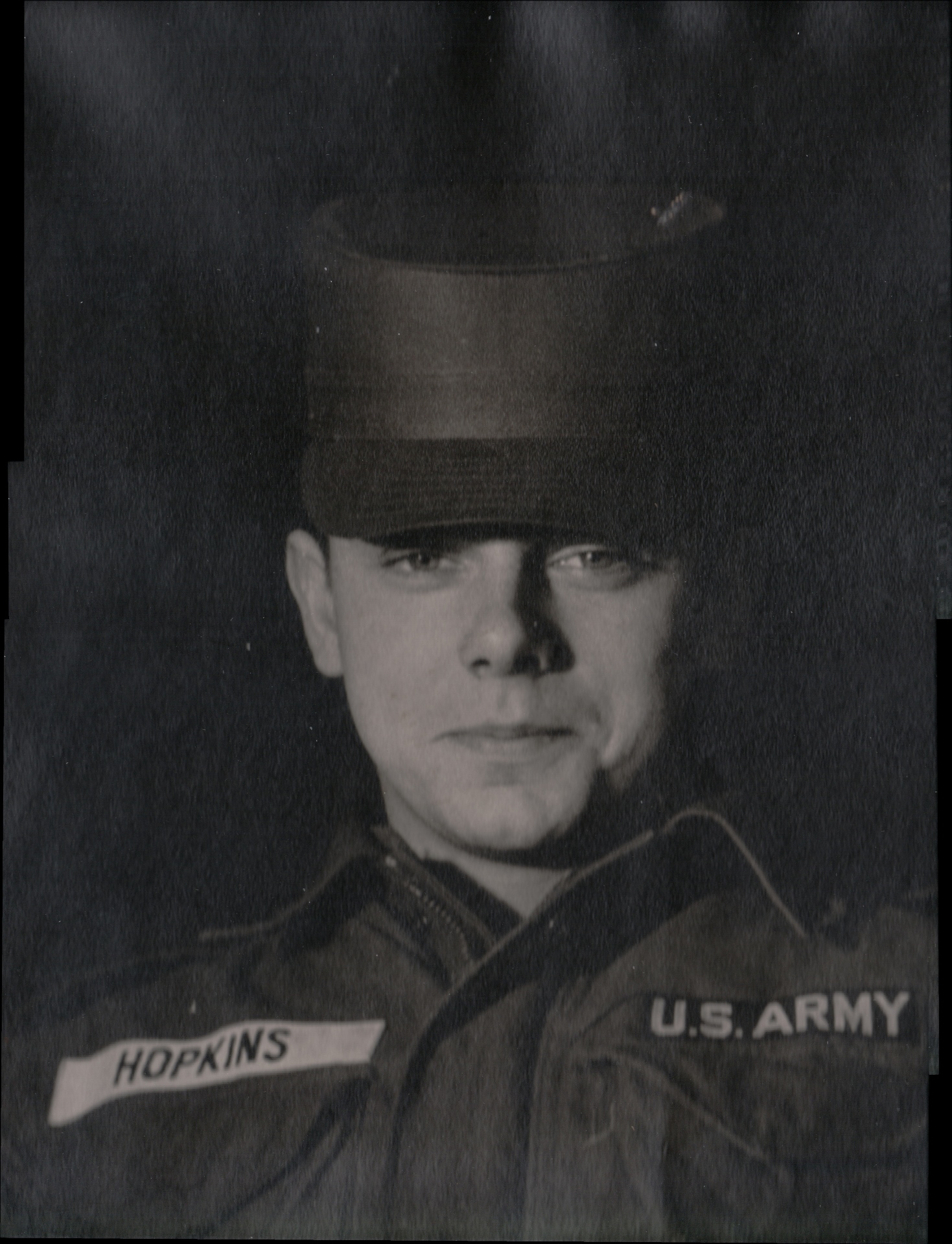
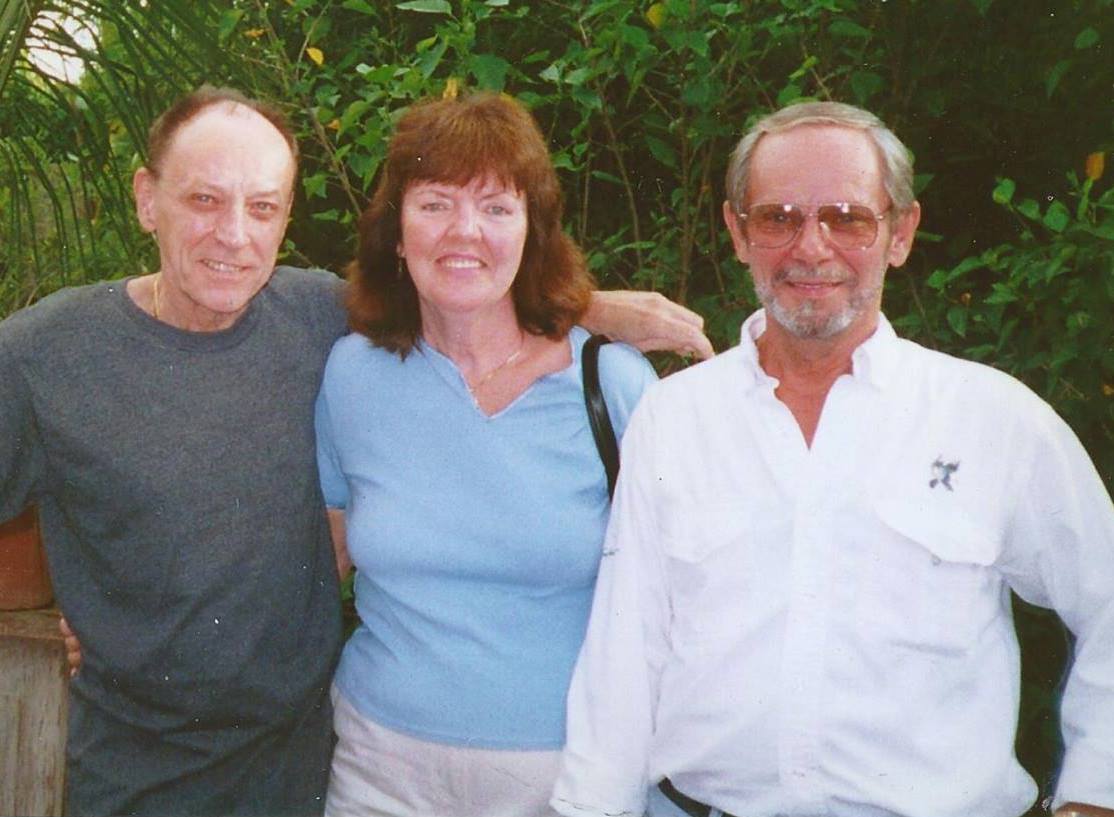
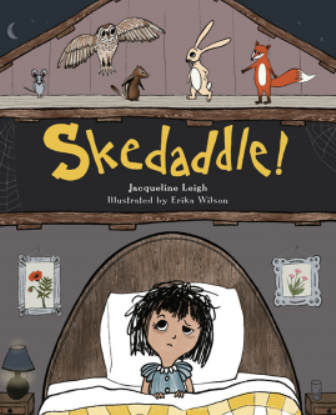
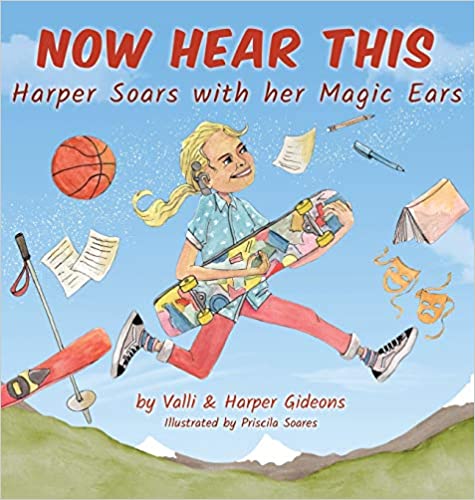
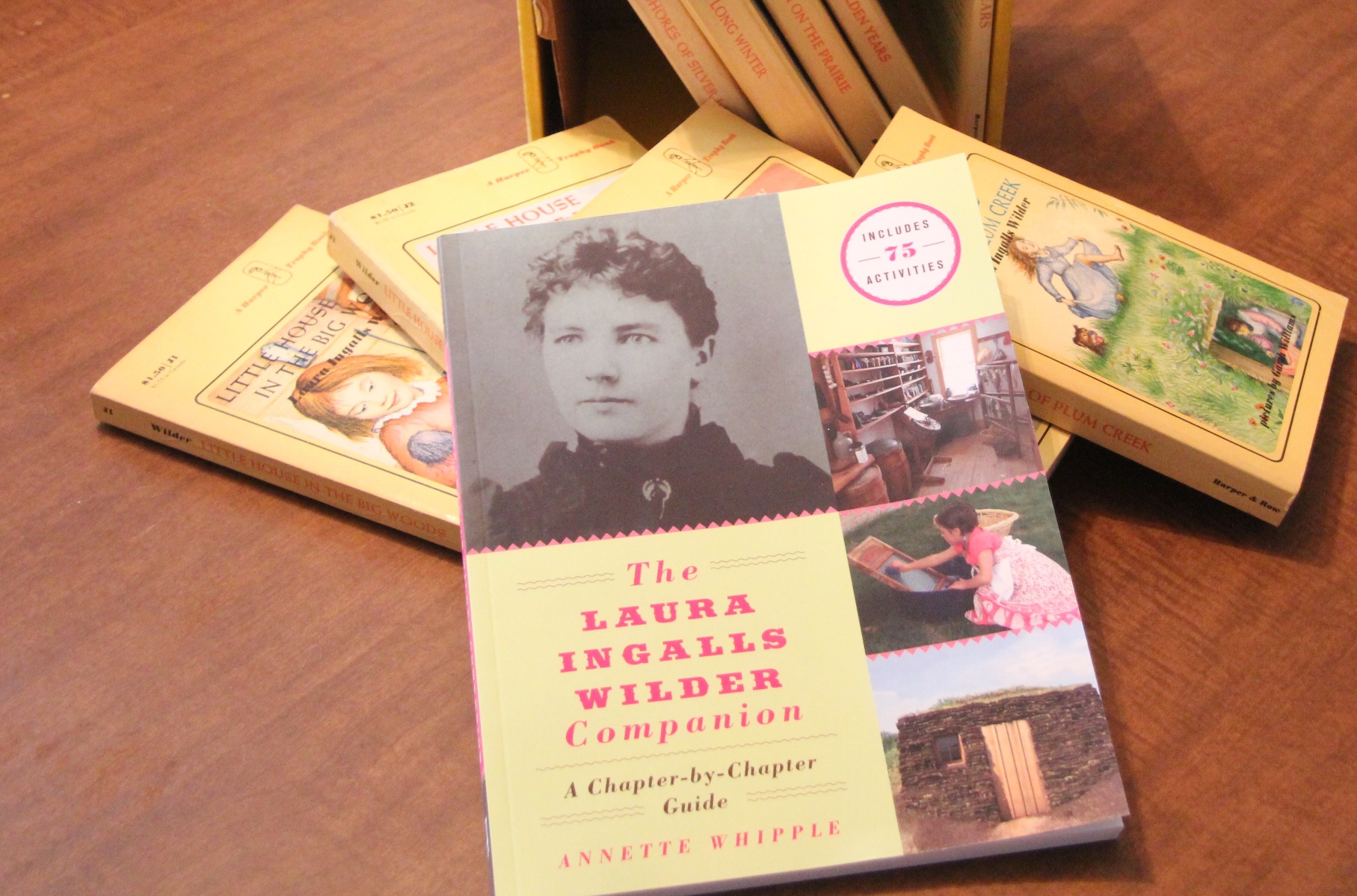 Like many young girls, I read and re-read the Little House series of books by Laura Ingalls Wilder. Though her world was, even then, far removed from the one in which I lived, the stories of grit and family values, even in the face of adversity, were inspiring and timeless. Like many others, my family gathered weekly to watch the television series based on the nine novels
Like many young girls, I read and re-read the Little House series of books by Laura Ingalls Wilder. Though her world was, even then, far removed from the one in which I lived, the stories of grit and family values, even in the face of adversity, were inspiring and timeless. Like many others, my family gathered weekly to watch the television series based on the nine novels